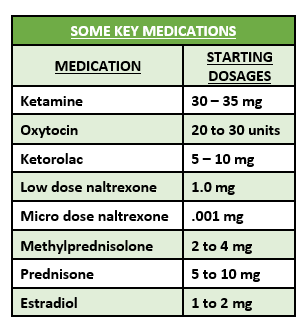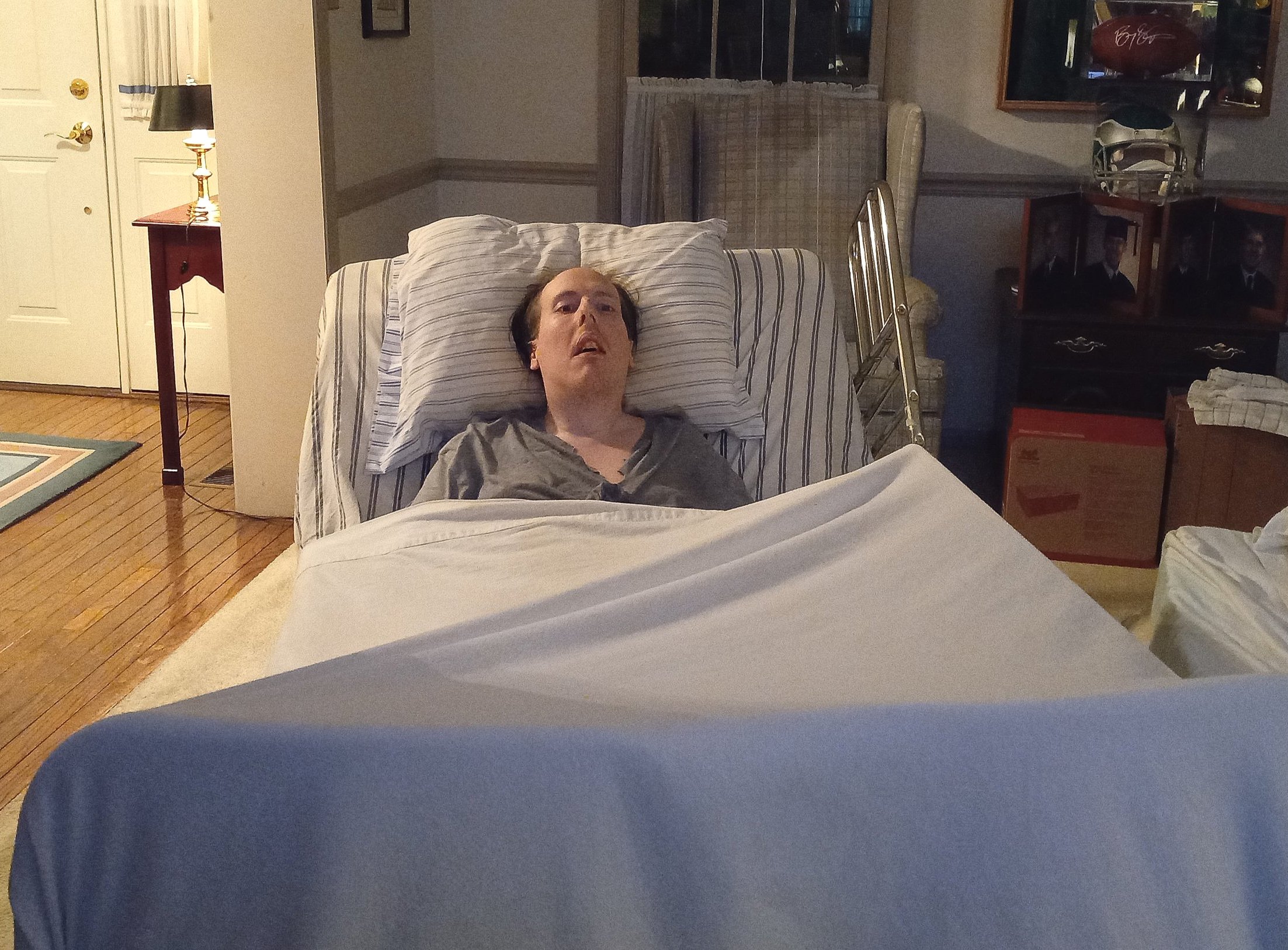A Voice They Don’t Want to Hear
/By Carol Levy, PNN Columnist
“Nothing about us without us.”
I did not know this clarion call was initially a slogan of the disabled community, which wanted a seat at the table when policies were created affecting the disabled. It also pertains to the pain community and our place in the fight against the “war on opioids.”
I am a member of my county's opioid task force. I was invited by a commissioner, an anesthesiologist, who has chronic pain patients. The commission's goal is to find ways to prevent drug abuse, how to treat those who are addicted, and how to fight opioid addiction.
We had our second meeting a few days ago. In this group, I have become the voice of the pain community, a voice they don't want to hear.
At the first meeting, after hearing about opioids from an emergency room doctor, an EMT, a sheriff, and a recovering addict MD, we broke into smaller groups of 5 or 6 people. I tried to make my voice heard.
“Please, when you speak of addiction starting with painkillers, it needs to be made clear that the people abusing opioids are not the same as those who get legitimate prescriptions for legitimate pain,” I said, adding that studies show we rarely get addicted.
But another woman had a louder voice. Her story was sad, an addicted son who died from an overdose. Every time I tried to speak, she spoke over me. As the meeting progressed, the rest of the group turned to her and very specifically away from me. I was ignored for the rest of the meeting.
At the end, when we were to present our feelings and thoughts about what was needed in the fight against addiction, my voice was absent.
The second meeting was run the same way. When we broke into our groups, I immediately spoke up. Eyes turned towards me as if to listen, but as soon as I finished my few sentences they turned away. I tried a few times more, louder each time, but was still mostly ignored.
At one point a woman who runs a recovery house spoke the sentence I abhor: "Many of the addicts start with painkillers...”
I immediately responded: “There needs to be an asterisk anytime that sentence is spoken. Studies show chronic pain patients rarely get addicted.”
“I was not referring to those who need them,” she replied.
“Then you need to add that as a parenthetical, so we don't keep getting swept up as part of the culprits in the war,” I urged.
She shook her head, said “yeah sure” and went back to "they start with painkillers,” completely ignoring what I had said.
At the end of the meeting, when we were asked to put on a poster board what we felt needed to be addressed, the leader completely omitted any suggestion that it needs to be made clear the pain community is not part of the problem.
When it was over, I sought out one of the organizers and told her, “I'm not sure there's a place for me, for the chronic pain community, at this table."
She said she would talk to the county commissioners who had formed the task force and get back to me. No one has.
I don't know what else to do to get us included. “Nothing without us” in regards to the opioid task force seems to be “nothing about us.” And definitely without us.
Carol Jay Levy has lived with trigeminal neuralgia, a chronic facial pain disorder, for over 30 years. She is the author of “A Pained Life, A Chronic Pain Journey.” Carol is the moderator of the Facebook support group “Women in Pain Awareness.” Her blog “The Pained Life” can be found here.














